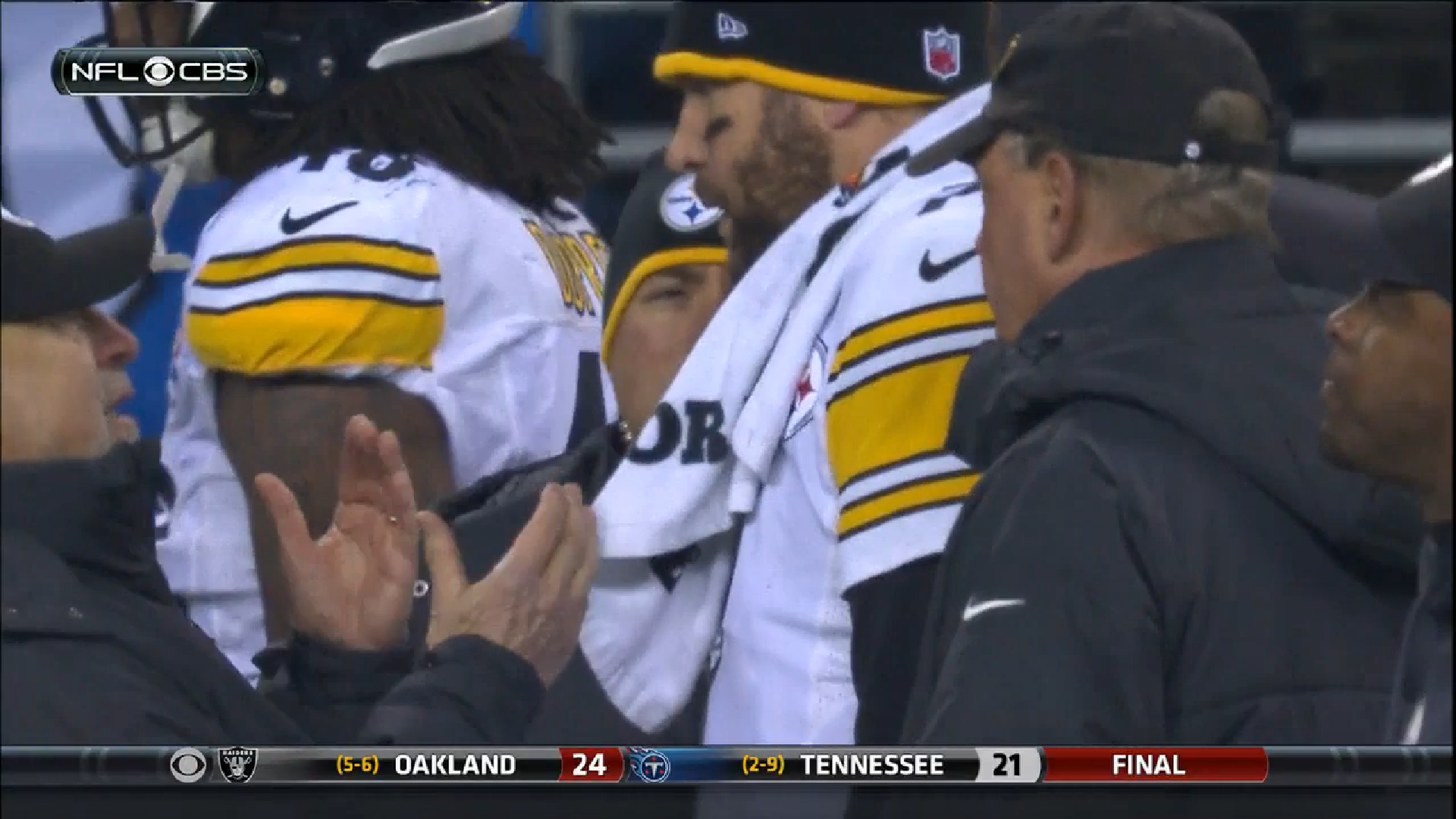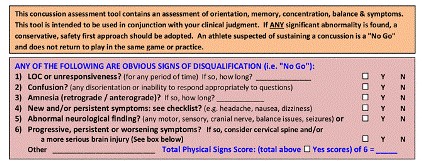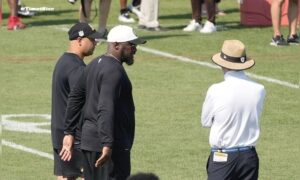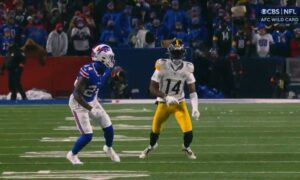There has been fair amount of confusion surrounding Ben Roethlisberger’s most recent injury, starting with whether he ever really had a concussion. Despite the discrepancies in the media reports, it is safe to assume that the Pittsburgh Steelers starting quarterback will be under center on Sunday night when they face the Indianapolis Colts at Heinz Field.
Did Big Ben ever really have a concussion? It certainly isn’t as obvious as the situation involving linebacker Ryan Shazier, who sustained 3 separate hits to his helmet in a single play, 2 from opposing players and one from the ground. Shazier was clearly groggy as he left the field and later admitted that he had a brief loss of consciousness, despite the fact that he insisted he was fine at the time. Head Coach Mike Tomlin berated the second year player to listen to the team doctors, and Shazier was escorted to the locker room for evaluation. Although Shazier reportedly passed his Sideline Concussion Test soon after the hit, team and independent physicians had the good sense to keep him off the field for the remainder of the game after reviewing video of the injury.
Both Roethlisberger and Shazier were full participants in practice Thursday after completing the concussion protocol. Here is a look at what hurdles each player had to pass to get there.
Most NFL players are initially suspected of having a concussion based on a witnessed hit to the helmet and how they appear immediately afterward. Everyone has seen the footage of the Case Keenum injury which created such an outcry; that, of course, is an example of how NOT to handle a head injury. Where Shazier was concerned, he was helped off of the field and seemed unsteady while he walked. That was enough to prompt a concussion evaluation, even though he insisted he was fine.
In Roethlisberger’s case, he actually reported his own symptoms. And while there was some controversy over the timing, it turns out that both he and Tomlin did the right thing. When Ben first took the helmet-to-helmet hit, he reportedly felt fine. And to be fair, he looked fine as soon as he got up. He even ended that series with a scramble, although he unfortunately did not get the crucial first down needed for the win. After coming off the field, he told the team’s neurosurgeon, Dr. Joseph Maroon, that he has some loss of his peripheral vision (the side view, or the view outside the center of the gaze). With 3 crucial minutes left as the Steelers scored a field goal that would leave them down by 2, the Steelers medical team decided that Ben was done for the day, even though he was told by Dr. Maroon that he did not have a concussion.
By that evening, Roethlisberger reportedly had a complete resolution of his vision problems and felt fine. On Tuesday morning, he took the required ImPACT test and was told he was cleared to practice. He reported on his morning radio show that he didn’t have a concussion, only to hear Tomlin announce at his noon press conference that the QB did, in fact, have a concussion and was in the concussion protocol, prompting mass confusion in Steelers Nation and frustration on the part of Big Ben.
So what the heck was going on, and did anyone know?!!!
As you can imagine (especially considering the recent lawsuit and settlement), the NFL has a concussion policy written as much by lawyers as it is by doctors. You can read it here the next time you have insomnia.
The first step in assessing an NFL player for a concussion is the Sideline Concussion Assessment Tool, which was developed based on the Standardized Concussion Assessment Tool 2 (SCAT2), or the test recommended by the 3rd International Conference on Concussion in Sport, held in Zurich in 2008. Basically, a bunch of medical experts came up with a consensus of what is important when checking an athlete for a concussion.
The first part of the test is pretty simple, and it is referred to as the “go/no-go”. It includes all of the obvious deal-breakers for an athlete to return to playing that day:
If the athlete passes this section, the rest of the test is given, which is a more involved test of memory, concentration and balance; the results are compared to the individual athlete’s baseline test, performed in the preseason at least every 2 years. If the test results are worse than that player’s baseline performance, that player enters the concussion protocol and doesn’t get his helmet back that day. Check out the SCAT here…it’s not a piece of cake, and you can imagine that you wouldn’t do as well after getting your bell rung.
Based on Roethlisberger’s initial symptoms, he was diagnosed with a traumatic ocular migraine rather than a concussion, which just means that he had some visual changes but not necessarily a headache. This leads me to assume that he passed his initial SCAT with flying colors. I would also speculate that he didn’t do as well when he repeated the testing at the Steelers South Side training facility on Tuesday morning, which is how he wound up with a diagnosis of concussion after all. Keep in mind that the test in the locker room on gameday is on paper, given in person, so the scoring is somewhat subjective. The ImPACT test that is given by computer isn’t technically more difficult, but it is more detailed. It is also able to test visual memory, processing speed, and reaction time. I would guess that Big Ben’s performance on his first attempt didn’t match his baseline score.
Fortunately, his test results the following morning allowed him to be cleared to practice in limited fashion. Up until that point, the player isn’t even supposed to watch film or use a computer. The player is then observed performing stretching and mild exercise. If the symptoms don’t recur and the player continues to feel fine, he is then cleared for full practice participation. We know that both Roethlisberger and Shazier were full participants at the last practice, so they both must have worked out without any relapse.
So who was right, Big Ben or Tomlin? My guess is both. During the game, Roethlisberger probably didn’t meet the medical criteria for a concussion, but his test results on Tuesday morning did. Which is why Ben’s radio update didn’t match Tomlin’s media update. In the end, it doesn’t matter as long as he is healthy. And if he still has any frustration, hopefully he will take it out on the Colts on Sunday night.









